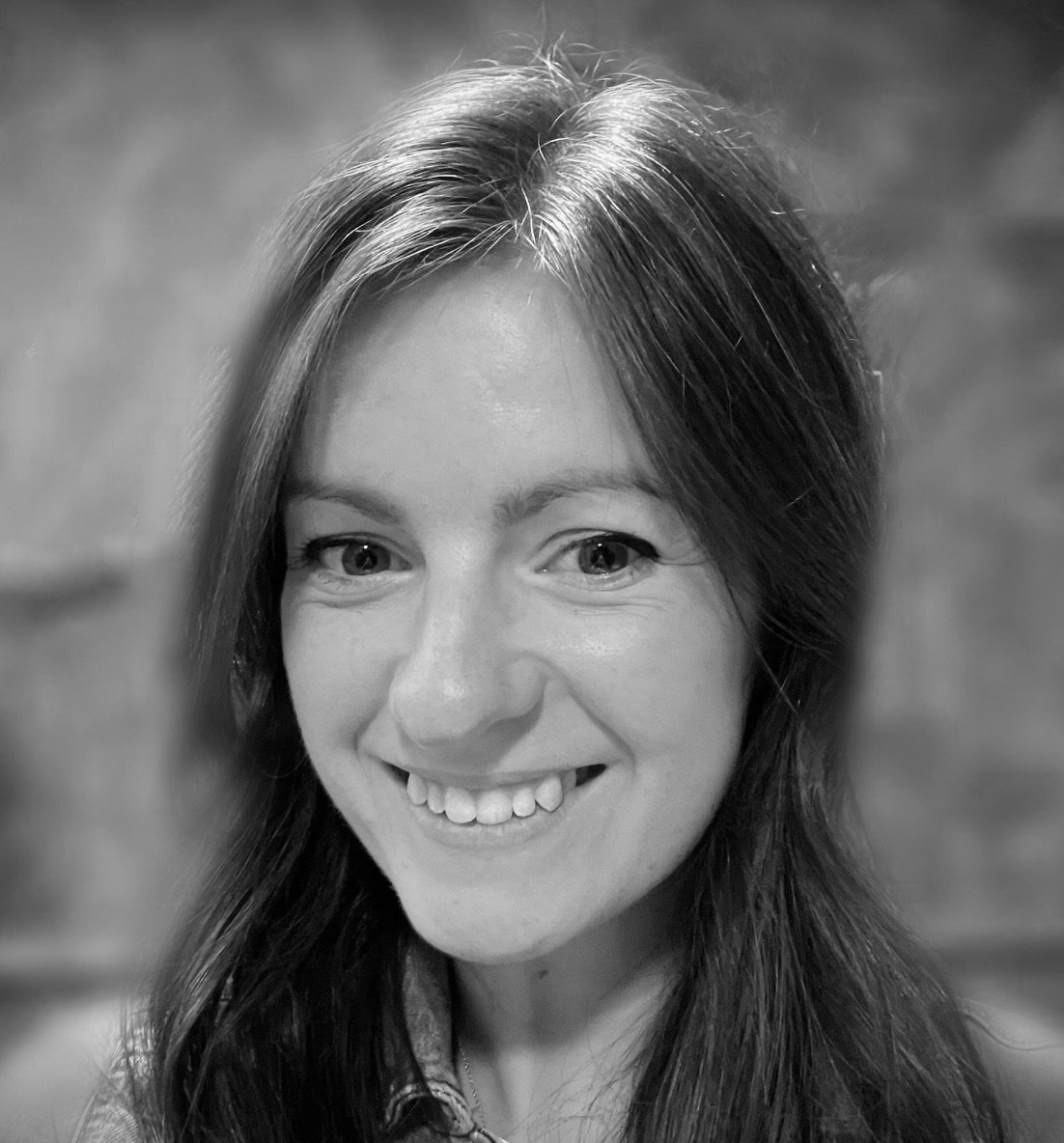Syllabus Edition
First teaching 2024
First exams 2026
Law Enforcement in Modern Britain (Edexcel GCSE History) : Revision Note
Law Enforcement in Modern Britain - Timeline & Summary

Modern Britain has seen science and technology develop at a remarkable pace. These changes have increased both the range and complexity of crimes. They have also led to changes in police work. Police now have new and improved ways of responding to and handling crimes. The police force itself has also specialised. Officers are now trained to acquire expertise in specific areas. |
Changes to Policing: New Science and Technology
Advancements in science and technology have changed and improved policing

Changes to Policing: Specialisation and Representation
Specialisation
Modern Britain has seen an increased emphasis on police training
Before serving as officers, new recruits receive
Around 18-22 weeks of classroom training
Practical training
Every police force now has its own special branch
These branches respond to national terror and security threats
Officers in these branches receive specialised training in
Using tasers and firearms
Riding police horses or motorbikes
There are several other specialist police units or squads

Representation
Since 1900, representation in the police has gradually improved
Representation in the police force since 1900
Women | Homosexuals | Ethnic minorities |
During the First World War, women in the police force were volunteers and matrons. After the First World War, women became official police recruits. Initially, they were not given the same duties or powers of arrest as their male counterparts. They mostly dealt with issues involving women and children. This changed over the following decades as gender equality increased | Harry Daley was the first openly gay British policeman. He joined the Metropolitan Police in 1925 when homosexuality was illegal. Though he faced some discrimination at work, Daley considered his colleagues largely tolerant | In 1968, Sislin Fay Allen became the first black female police officer in the Met and the UK. She decided to apply after seeing a recruitment advert for male and female officers |
Community Law Enforcement and Neighbourhood Watch
Modern Britain has seen a return to community law enforcement
Unlike in the Anglo-Saxon era, community law enforcement is now voluntary
Neighbourhood Watch
Was set up at a time when crime was increasing
Based on a similar scheme in the USA
It is now Britain’s largest voluntary crime-prevention movement
Around 2.3 million households in England and Wales are involved

Changing Roles in Policing: Prevention
When police were first introduced, their role was to deter and catch criminals by
Patrolling the streets
Investigating crimes
Arresting suspects
Modern police have a similar role, but they also increasingly focus on crime prevention

Worked Example
Explain one way in which policing was different in modern Britain to policing in 19th-century Britain
4 marks
Answers:
In modern Britain, new science and technology are used by the police to catch criminals (1). DNA and fingerprints became new forms of evidence for police to charge suspects (1). In the 19th century, evidence was collected by detectives who investigated serious crimes (1). Evidence was mainly collected from witness statements, tips and interviews (1).
Examiner Tips and Tricks
When talking about new science and technology, remember to mention how it changed police work (rather than only focusing on how it made it faster or more efficient)

You've read 0 of your 5 free revision notes this week
Unlock more, it's free!
Did this page help you?

